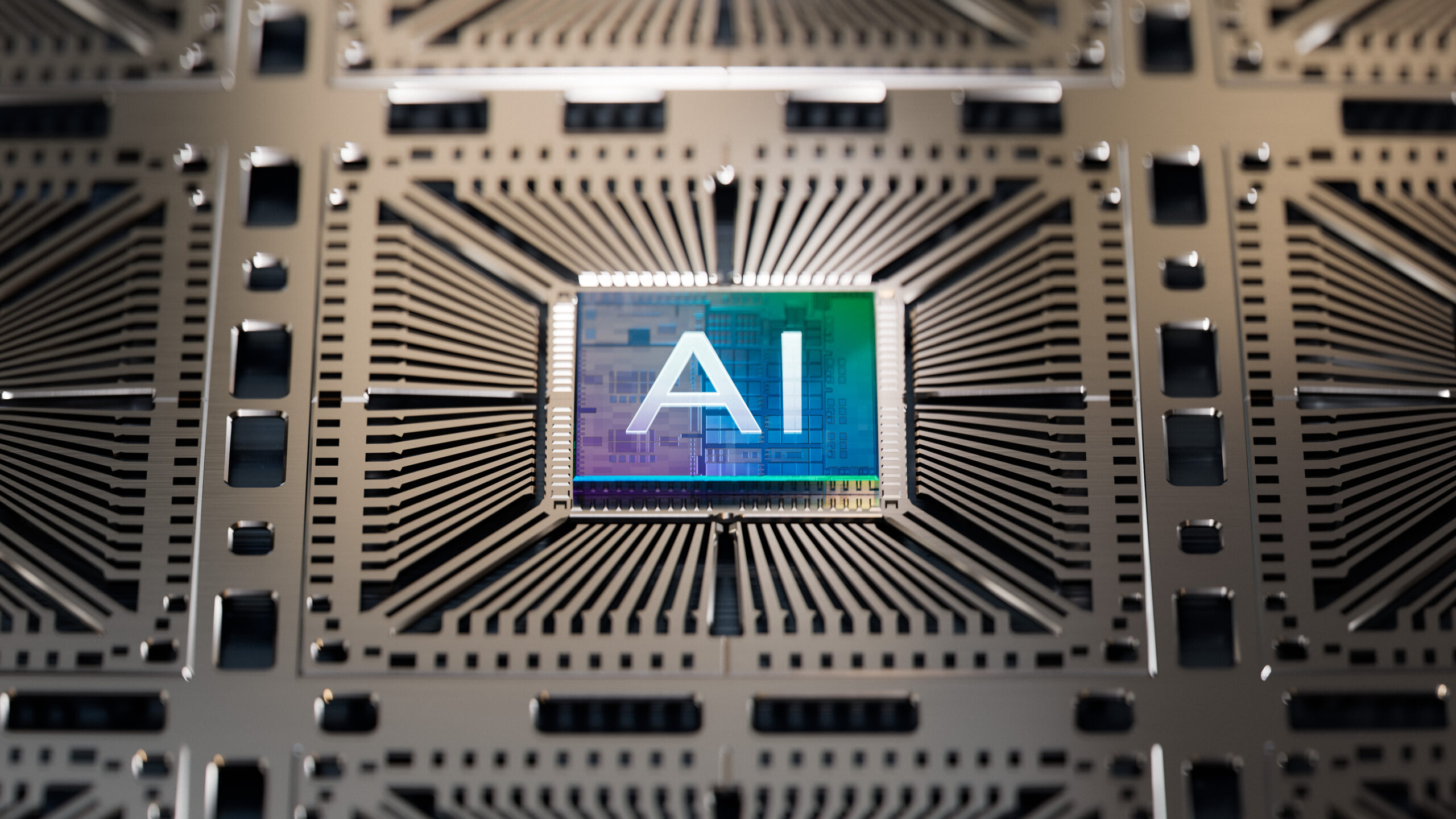Nvidia is the undisputed king of artificial intelligence (AI) infrastructure. The company has a dominant share in the graphics processing unit (GPU) market, where its chips provide the processing power necessary to run AI workloads. Its CUDA software platform has helped create a wide moat, giving the company over 90% market share in the GPU space.
That said, Nvidia has become a mammoth company, recently hitting a $4 trillion market cap. As such, it now faces the law of large numbers. It can keep growing, but it will get more difficult to keep up the same pace.
That’s why the stocks of Advanced Micro Devices (AMD 1.57%) and Broadcom (AVGO -0.33%) could outperform the GPU leader over the next five years. Both have smaller revenue bases to work from and big potential tailwinds.
Image source: Getty Images.
Advanced Micro Devices
AMD, as the company is also known, has been seeing strong revenue growth, but its AI opportunity could just be getting started. While it’s still a distant second to Nvidia in GPUs, it has been able to carve out a niche in AI inference.
On its last earnings call, AMD said that one of the largest AI model companies in the world is using its GPUs to run a significant chunk of its daily inference workloads. Major cloud providers have been using its chips to run search, recommendation engines, and generative AI tasks. The company’s ROCm software platform still trails CUDA, but it’s generally considered good enough when it comes to inference.
The reason the stock can outperform, though, largely comes down to size. Nvidia’s data center revenue hit $39.1 billion last quarter, while AMD’s was just $3.7 billion. It doesn’t have to take massive share from the leader to see explosive growth, as even modest wins can make a big impact.
AMD is also a leader in data center central processing units (CPUs), where it has gained meaningful share against Intel. CPUs act as the brains of the operation, so as AI workloads expand, demand for high-performance CPUs will also grow.
Meanwhile, the UALink Consortium which was formed by AMD, Intel, Broadcom, and others, is looking to challenge Nvidia’s NVLink and its proprietary interconnects. It wants to develop an open standard for high-speed, low-latency interconnects for AI accelerators in data centers. If successful, it could erode one of Nvidia’s biggest advantages and open the door for companies to use clusters of multiple vendors. That would be huge for AMD.
With AI inference expected to eventually eclipse training in size, AMD has a big opportunity.
Broadcom
Broadcom isn’t directly chasing Nvidia in the GPU market. Instead, it’s competing against the company in AI networking and by helping customers design custom AI chips.
Broadcom makes networking components — like Ethernet switches and optical interconnects — that are essential in transferring huge data volumes across large AI clusters. As these clusters get bigger, so do networking demands. This is helping drive the company’s revenue growth, and last quarter its AI networking revenue surged 70%.
However, the company’s biggest opportunity is in application-specific integrated circuits (ASICs). It helped Alphabet develop its highly successful Tensor Processing Units (TPUs) and is now designing custom AI chips for several other hyperscalers (companies that operate huge data centers). These custom chips can deliver better performance and power efficiency than off-the-shelf GPUs, and demand is growing fast.
Management has said that its three custom AI chip customers that are the furthest along in their development are planning to deploy up to 1 million chip clusters each by its fiscal 2027, representing a $60 billion to $90 billion opportunity. That doesn’t even include newer wins like Apple. And given the up-front costs of designing custom chips, they are typically used in large deployments.
Broadcom also owns VMware, which is becoming increasingly important in AI cloud environments. Its Cloud Foundation platform helps enterprises manage AI workloads across hybrid and multi-cloud environments, and it is seeing strong upselling to this platform.
With its networking portfolio, custom chips, and virtualization software, the company has a lot of growth in front of it.
The bottom line
Nvidia is still a great company, and its stock has room to move higher. However, it just saw its data center revenue increase more than ninefold in two years. At some point, it gets harder to keep posting that type of breakneck growth.
Meanwhile, AMD and Broadcom both have much smaller AI-related revenue streams today. If AMD can take some GPU market share in inference, that would be a huge growth driver. And if Broadcom’s customers start producing a huge amount of custom chips based on its intellectual property, it could unlock tens of billions in high-margin revenue.
As such, I think both AMD and Broadcom stocks are well-positioned to outperform Nvidia over the next five years.
Suzanne Frey, an executive at Alphabet, is a member of The Motley Fool’s board of directors. Geoffrey Seiler has positions in Alphabet. The Motley Fool has positions in and recommends Advanced Micro Devices, Alphabet, Apple, Intel, and Nvidia. The Motley Fool recommends Broadcom and recommends the following options: short August 2025 $24 calls on Intel. The Motley Fool has a disclosure policy.


